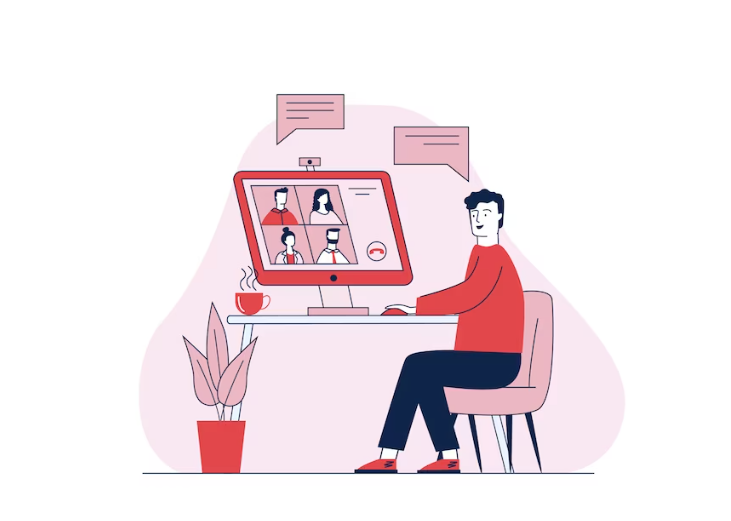The Rise of Video-Enabled Contact Centers
Connect with customers via video chat for face-to-face interactions and seamless transactions. Unlock a world of possibilities, from virtual account opening to personalized advisory services, transforming the customer experience.
Video-Enabled Contact Center
Video-Enabled Contact Center is a new trend in which customers can interact with customer representatives through video conferencing. This allows for face-to-face interactions and the ability to complete transactions remotely. With the advent of video-enabled contact center, the possibilities for customer service and beyond are endless, from virtual account opening to customer advisory.
Why Video-Enable Customer Service?
Video-Enabled Customer Service is becoming an increasingly popular option for brands and companies to provide customer service. There are several reasons why video-enabled customer service is beneficial for both businesses and customers:
Convenience: Video-enabled customer service allows customers to access services remotely, without the need to visit a physical branch. This can save customers time and effort, and it also allows them to access services outside of regular business hours.
Personalization: Video-enabled customer service allows for more personal interactions between customers and representatives. Customers can see and speak with a live person, which can provide a more personalized experience compared to using an automated system.
Increased security: Video-enabled customer service can provide increased security for both the customer and the brands. For example, video-enabled customer service can be used for account verification, which can reduce the risk of fraud.
Cost-effective: Video-Enable customer service is a cost-effective option for brands. It eliminates the need to maintain physical branches, which can be expensive. Additionally, video-enabled customer service can improve efficiency by allowing representatives to handle multiple customer interactions simultaneously.
Flexibility: Video-Enable customer service is a flexible option for customers. They can access the services from anywhere, which can be especially beneficial for those who have mobility issues or live in remote areas.
Overall, Video-Enable customer service provides a convenient, personal, and secure way for customers to access services, while being cost-effective and flexible for brands. It is a great solution to improve customer experience, and it is expected to grow in popularity in the future.
Elevating Customer Service: DCS and Video Integration
Digital Customer Service (DCS) and Video-Enabled customer service are rising in popularity for businesses. DCS, like CRM software, streamlines interactions and analyzes data efficiently. Video-Enabled service allows remote personal interactions, offering enhanced security, cost-effectiveness, and flexibility.
Combining DCS and Video-Enabled service ensures a comprehensive, efficient, and personalized customer experience, ultimately boosting satisfaction and support for businesses.


Why DCS and Video Enable Customer Service
Digital customer service (DCS) and Video-Enabled customer service are both becoming popular options for businesses to enhance customer service and support. DCS, such as CRM software, allows for faster and more efficient interactions with customers and easily tracks and analyzes data. Video-Enabled customer service allows for remote personal interactions between customers and representatives and can provide increased security, cost-effectiveness, and flexibility. Together, DCS and Video-Enabled customer service can provide a comprehensive, efficient and personalized service for customers, helping businesses to improve customer satisfaction and support.
Do you want to get to know Spechy better?
Learn more about Spechy’s digital priority Customer Service solutions.
Contact Us & Book a Free Demo
By selecting the “Submit” button, you are indicating your consent to abide by our privacy policy and accept the use of cookies.
